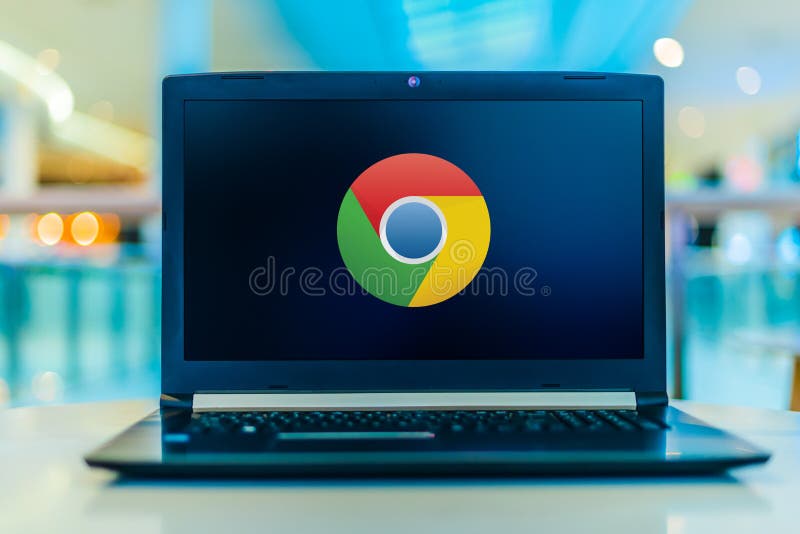

In order to formulate my impressions with a device that could take full advantage of Chrome OS's current features, I borrowed an Asus Chromebook Flip C302CA - a $500ish product I'd describe as a really nice upper-midrange system. The Chromebook work experiment: 2017 edition No other laptops, no traditional tablets, nada - just the one Chromebook for everything I needed to do, from the moment I left my house to the night of my return. So on a recent business trip to Boston, I decided to take a more contemporary Chromebook as my sole large-screen computing device. The current Chromebook I personally own and most recently traveled with is the original Chromebook Pixel, and it's (a) not a convertible device and (b) just old enough that it wasn't among the devices upgraded with Google Play Store support earlier this year.

One of those things is the now-widespread availability of Android apps on Chrome OS. I've taken Chromebooks with me to handle work while I travel, too, but it's been a while - and boy, oh boy, has a lot changed. While I use a Windows desktop system in my office during the workday, I rely on a Chromebook for pretty much anything else that isn't well suited to a phone - after-hours typing, weekend bill-paying, light work away from my desk, and so on. So I set out to get some current perspective on the answer.įor context, Chromebooks have actually played a significant role in my personal life for years. "Sure, Chromebooks are fine for schools and other simple stuff, but you can't actually use 'em for work - can you?"Īs someone who's written about Google's Chrome OS platform since the start, that's a question I've heard more times than I can count.


 0 kommentar(er)
0 kommentar(er)
